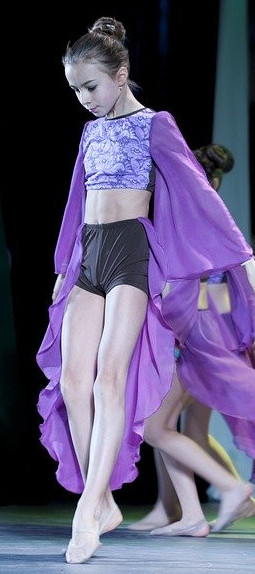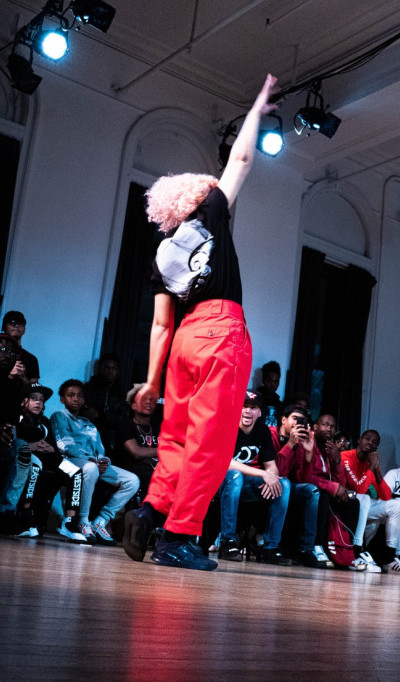In this post I want to look at competitive dance competitions, who should be doing them and if there are any advantages to taking part in these.
Competitive Dance Competitions have been around forever, but in recent years there has been a huge spike in these competitions with more and more of them opening every year.
In the past our studio has always taken part in our local annual competition and our dancers have enjoyed both positive and negative experiences, but luckily more positive as they have gotten a glimpse into the professional world of dance and can compare their own progress with others from all over the city in similar age groups.
Many professional dancers speak of how competitive dance competitions gave them some life-changing opportunities in the form of bursaries to continue their dance education or places in prestigious dance schools or companies.
It’s Not Just About Winning
 Other than the chance of wining a gold award, students’ can gain so much more like meeting like-minded people, making new friends, comparing differing dance and teaching styles and measuring their standards against their peers.
Other than the chance of wining a gold award, students’ can gain so much more like meeting like-minded people, making new friends, comparing differing dance and teaching styles and measuring their standards against their peers.
This is a good thing, as more students’ gain opportunities to compete and be seen. It gives students’ something to work towards, and they set their goals higher and push themselves harder than they normally would.
The Not So Good About Competitive Dance Competitions
I find the main problem is that dance pupils are being pushed to perform physical and technical feats in these competitions that their bodies are not ready for yet, thus risking the incidence of injury and at worsted case scenario cutting a dancers career short.
The students’ are often so busy getting ready for the numerous competitions out there that they fail to work on their basic technique, which is important for them to develop strength and improve. Often a students’ artistry is compromised in order to perform tricks to wow the audience.
Instead, that dancer should be working more on technique and deliver a more expressive performance with emotion, dynamics, musicality, storytelling ability alongside clean and accomplished technique relative to their age. This is what dance is truly about, not about how many pirouettes or flick flacks you can do.
As a teacher I find it harder each year to find the time to develop healthier and more resilient dancers if they are always wanting to practice their competition pieces. As instructors we have a duty to point these out to young people and to make changes if we see that they are doing potentially harmful things to their bodies.
Unfortunately it is still common to see girls as young as eight years old on pointe with some of these competitions even permitting this to take place. Don’t they know the long term damage this can have on a child s body?
Pointe work requires a great foundation of strength, which takes years to train, and I for one don’t let my girls go onto pointe before they hit puberty.
Same thing goes for boys. Some competitions permit boys to perform pas de deux work with lifts when their bones are still developing. Imagine the damage to a shoulder joint or the vertebrae in the back if a boy tries to lift a girl before he is physically strong enough.
 So competitions encourage teachers to push children into things that they are not ready for way to early, and this is the part of competitions that I don’t agree with.
So competitions encourage teachers to push children into things that they are not ready for way to early, and this is the part of competitions that I don’t agree with.
The other problem is that by entering too many competitive dance competitions, a young dancer can be pushed so hard that they end up burning out by the time they are 15 years old. Nobody gains anything if this happens.
A lot of dance studio owners say that they feel pressured by the parents to enter lots of competitions and if they don’t produce winners the child gets moved elsewhere.
In order to win competitions a dancer will need to dedicate considerable time each day in the training and perfecting of both competition routines and technique. When there are too many competitions, a lot of time is taken away from the dancers technical training, and this is where they also develop strength and stamina, which leaves them less prone to injuries.
In order to achieve the above some schools are training dancers between six and eight hours a day seven days a week to perfect their solos, and because only a few steps are done in a variation, other areas of their training are neglected.
Some children even neglect their academic education and reduce this to just a few hours a week. Unfortunately it is the academic subjects that will help them after their dance careers, which are normally short-lived, and think about it, an educated dancer also makes a far more successful artist in the end.
The top ballet schools schedule three or four hours of ballet training a day for under 16s five days a week and they encourage rest over the weekends. In order to grow healthily during adolescence, the body needs to rest to avoid long-term and irreversible damage.
If all a child’s energy is used up training intensely for long hours, then there is little left for growth and mental focus.
Remember that good training is about building the foundation blocks carefully and steadily so that dancers can achieve their full potential and longevity in their dance career.
So I believe competitive dance competitions can be a great platform for dancers to gain valuable experience, but within reason and not too often.
It is a dance teachers duty to place strict criteria in place to protect the children in their care and ensure that all the vocabulary in their students’ dances is both artistic and age appropriate.

